Alaska Airlines Flight 261: Investigating what caused the tragedy
Aerotime
MARCH 28, 2025
The trim on the horizontal stabilizer – the rear wing of the aircraft – was not working. Then the tone indicating the movement of the horizontal stabilizer sounded. The aircrafts horizontal stabilizer had pitched to 3.6 As such, Tansky had to rely on elevators alone to climb to 31,000 feet.










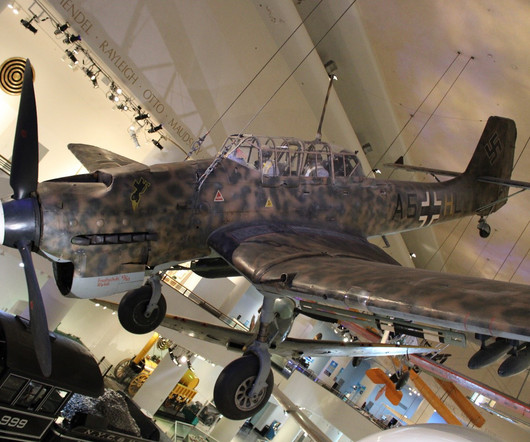
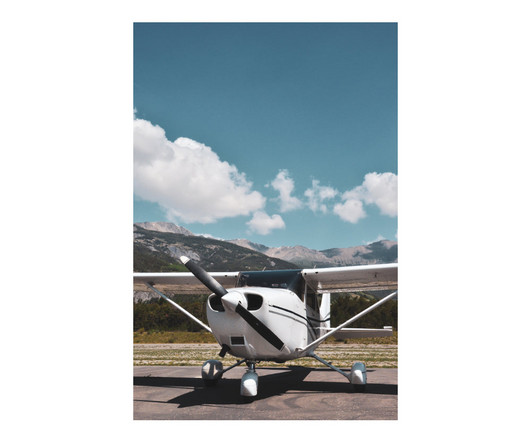
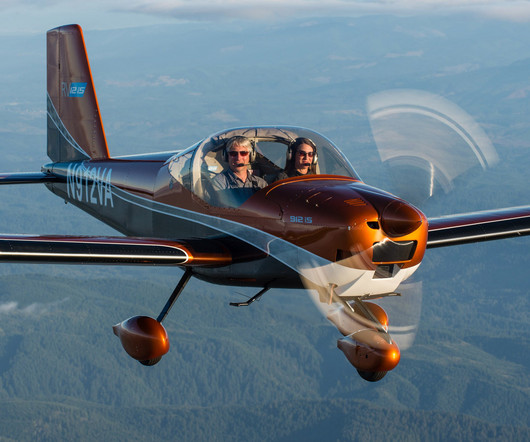



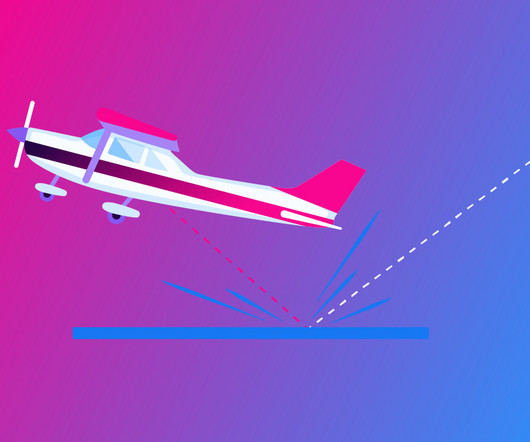




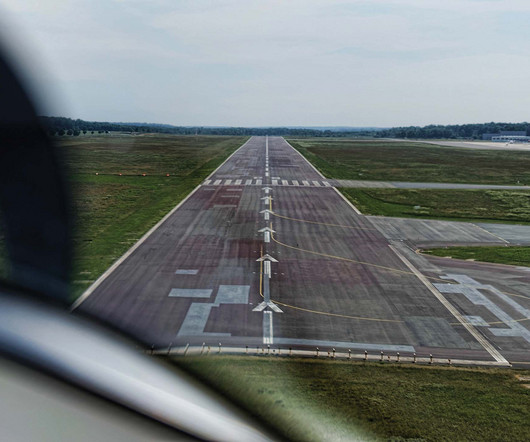
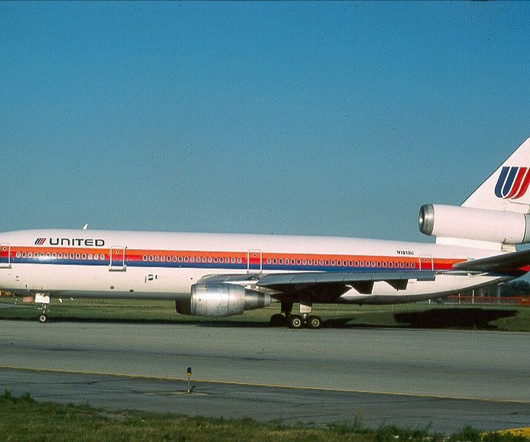


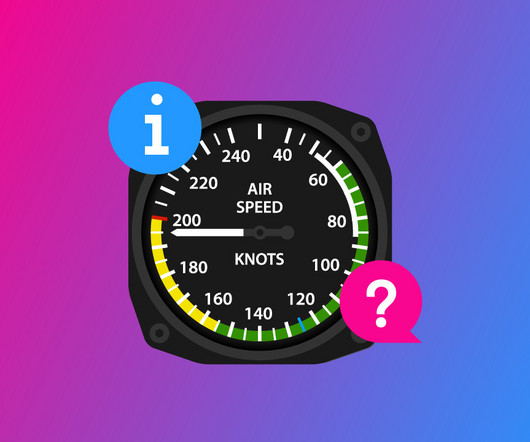













Let's personalize your content